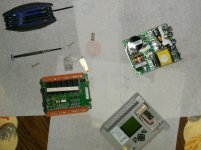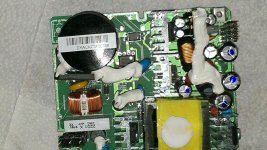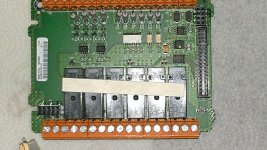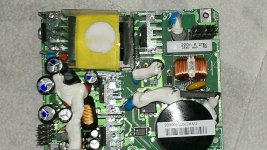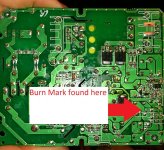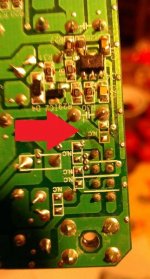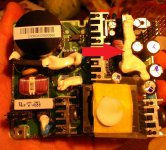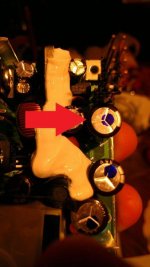gedds1993
Member
I have been working for my employer for almost two years now. Getting into PLC's right after high school makes me still relatively new to this field. On a side note I will be attending college this fall semester and majoring in electrical engineering with a minor in industrial electronics. I am sure I will be learning much more about this subject in school, but my main question is: Is there anyway to teach yourself how to repair a PLC that has been burnt out or is otherwise not in proper working condition? Also is there any self help on this subject. I understand that this is a completely different field then programming, but I figured it would be beneficial to learn to do. I am also sure it would help further my understanding of PLC's. I am not sure if this question is even possible but I would be very appreciative if anyone can help me. Right now I have an Allen Bradley 1100 torn apart. I know the problem is +-24v power supply on the inputs. Although I do not know what any of the parts are underneath and I am not 100% clear on how to test them. Again I understand that this is probably a task to large for this form and I should just wait till I get my schooling but I would very much enjoy and benefit from being ahead of the game. Pictures of the disassembled 1100 are below.
